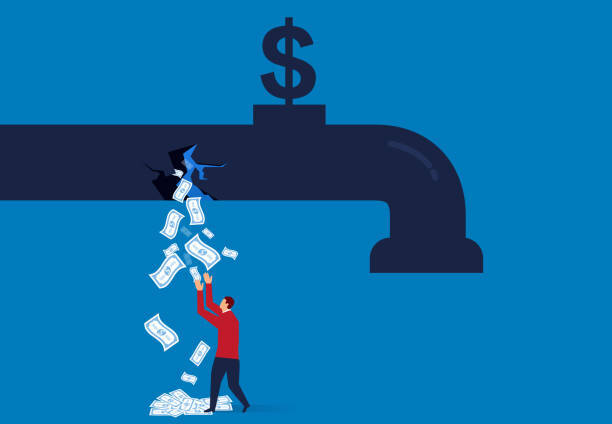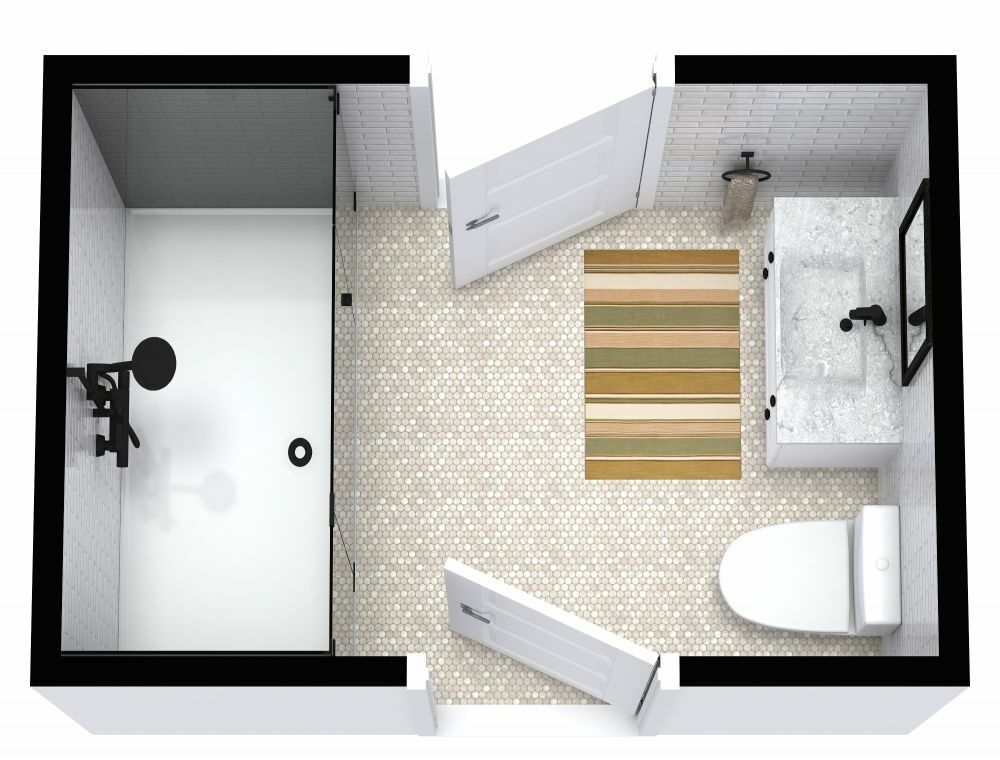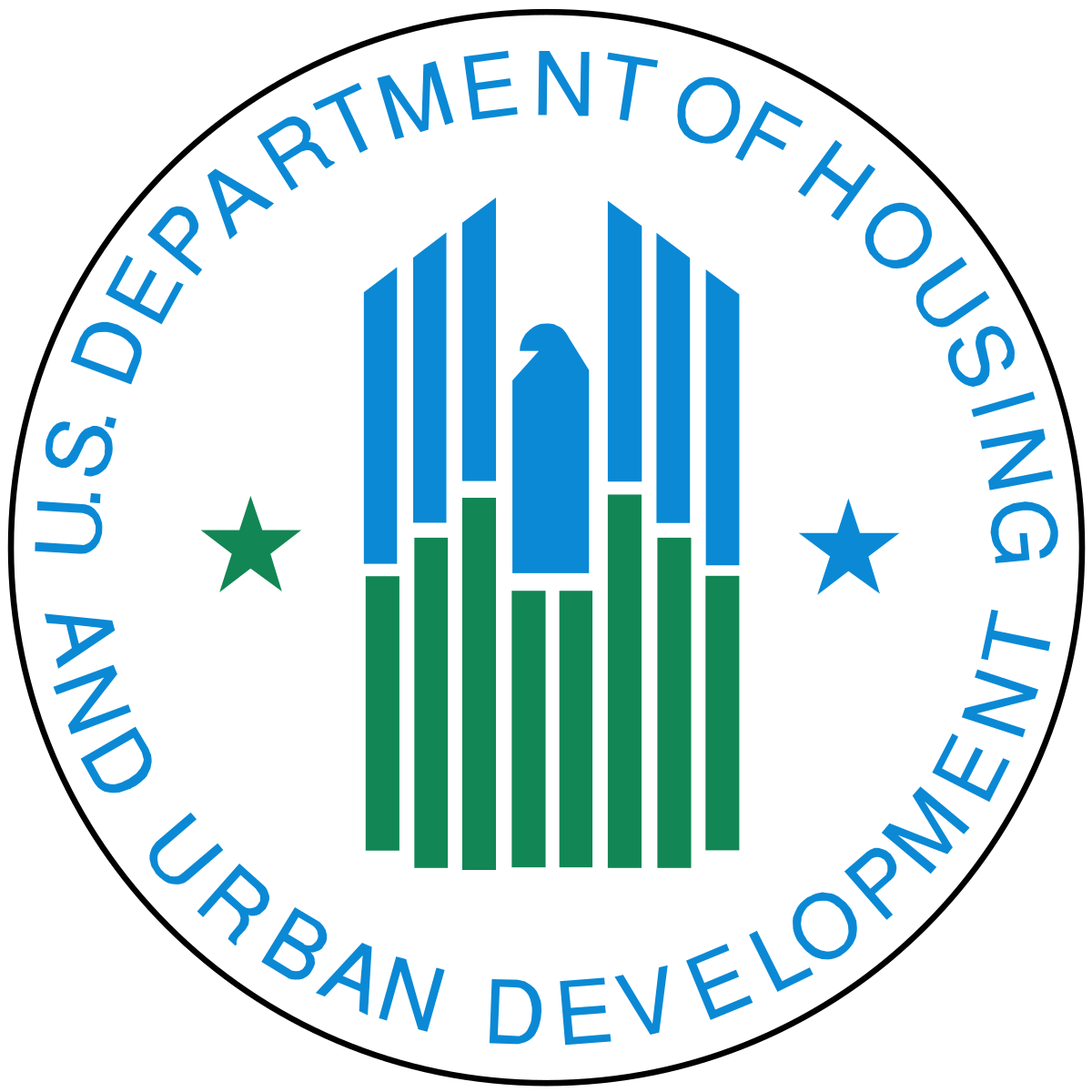For decades, the U.S. has provided dedicated veterans’ nursing homes to care for those who have served our country. While these facilities are mission-driven and veteran-focused, many face aging infrastructure, funding challenges, and operational inefficiencies. At the same time, private nursing homes are widely available but often lack specialized care tailored to veterans’ unique needs.
With a growing veteran population in need of long-term care, is it time to rethink the model?
One potential approach is a Public-Private Partnership (PPP), where private companies build and operate facilities under government oversight and funding. This model has been used in infrastructure, healthcare, and education to combine private-sector efficiency with public-sector accountability. Could this be the key to improving veterans’ nursing home care while controlling costs?
The Current System: Strengths and Challenges
Veterans’ nursing homes, run by states with VA funding support, offer a structured environment tailored to military culture, with a focus on PTSD, combat injuries, and camaraderie. However:
- Many facilities operate at a loss, creating financial sustainability issues.
- Aging infrastructure and long waitlists limit access.
- State-run homes face bureaucratic inefficiencies that can hinder innovation.
On the other hand, private nursing homes:
- Are widely available, often with newer facilities.
- Can respond to demand quickly without government bureaucracy.
- However, many lack veteran-specific training and oversight, leading to inconsistent care quality.
Would a hybrid model combining private sector efficiency with government oversight and funding create a better system for veterans?
A Public-Private Model: What Could It Look Like?
A PPP approach could involve:
- Private construction & operation of new, high-quality veterans’ homes.
- VA oversight & funding, with performance-based contracts.
- Specialized veteran care training for all staff.
- Fixed-rate reimbursement models to prevent excessive costs.
- Accountability mechanisms—if a provider fails, they lose the contract.
Would This Save Government Money?
✅ Lower government capital costs – Private entities fund construction.
✅ Predictable spending – Fixed per-diem rates cap government liability.
✅ Potential efficiency gains – Private operators may manage costs better than state-run homes.
BUT…
⚠️ Cost risks exist if contracts aren’t well-structured.
⚠️ Some providers may cut corners unless oversight is strong.
⚠️ Would rural veterans lose access? If operators focus on profitable areas, some veterans may be left behind.
Would This Improve Veteran Care?
✅ Newer facilities with modern amenities.
✅ More locations = easier access for veterans.
✅ Stronger competition could raise standards.
BUT…
⚠️ Would profit-driven firms prioritize care or revenue?
⚠️ How do we ensure veteran-specific training and culture?
⚠️ What’s the enforcement mechanism if care declines?
Key Questions for Policymakers and Stakeholders
- Should private firms play a role in veterans’ nursing homes?
- How do we balance efficiency with quality care?
- What safeguards are needed to prevent cost overruns and neglect?
- Should VA-run homes remain for complex cases (PTSD, combat injuries)?
- Would veterans benefit from more choices, or would they lose the sense of community found in VA homes?
Conclusion: A Discussion Worth Having
As veteran care needs grow, the status quo may not be sustainable. Exploring innovative partnerships could help provide modernized, veteran-focused care while controlling costs. But any change must be carefully designed to preserve quality, oversight, and accountability.




